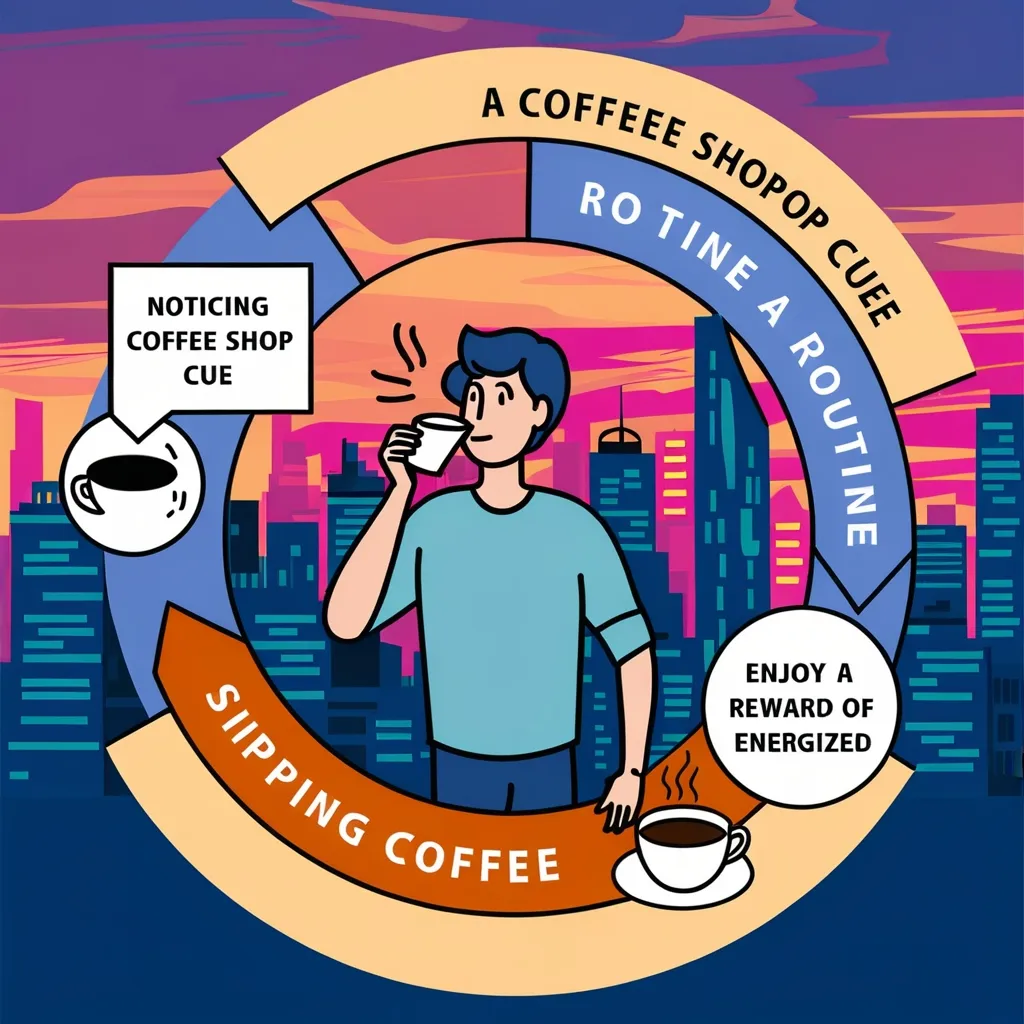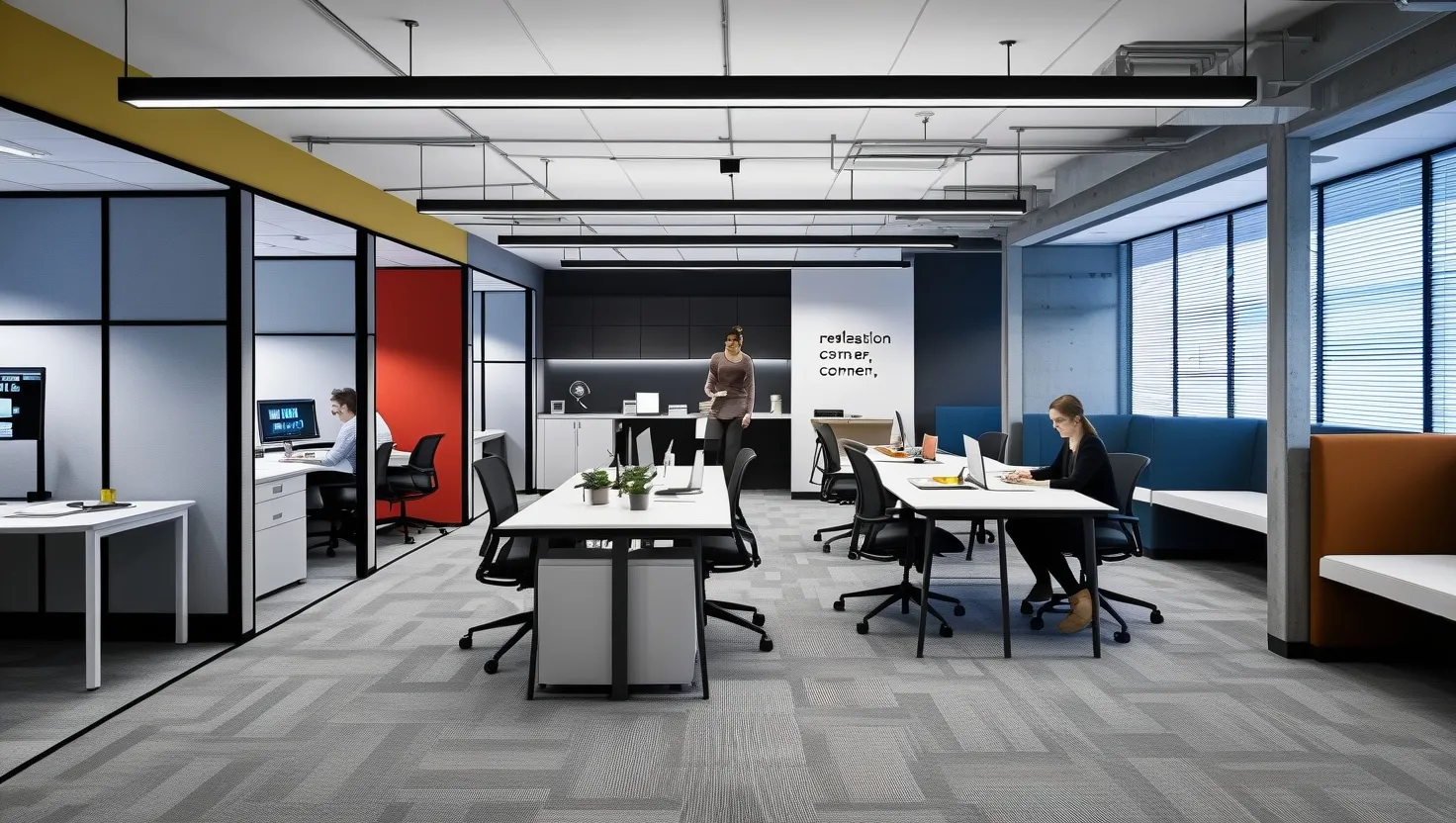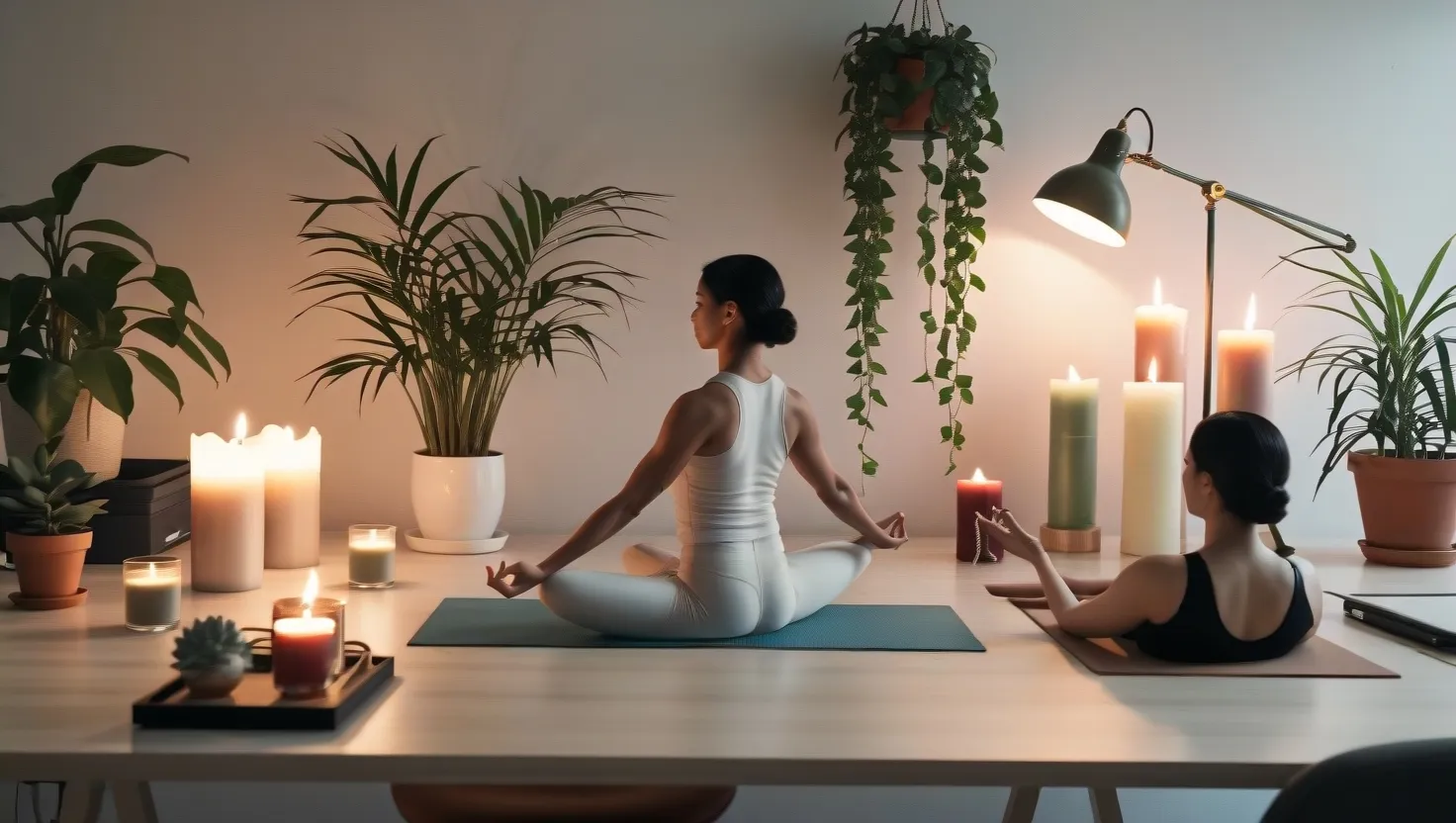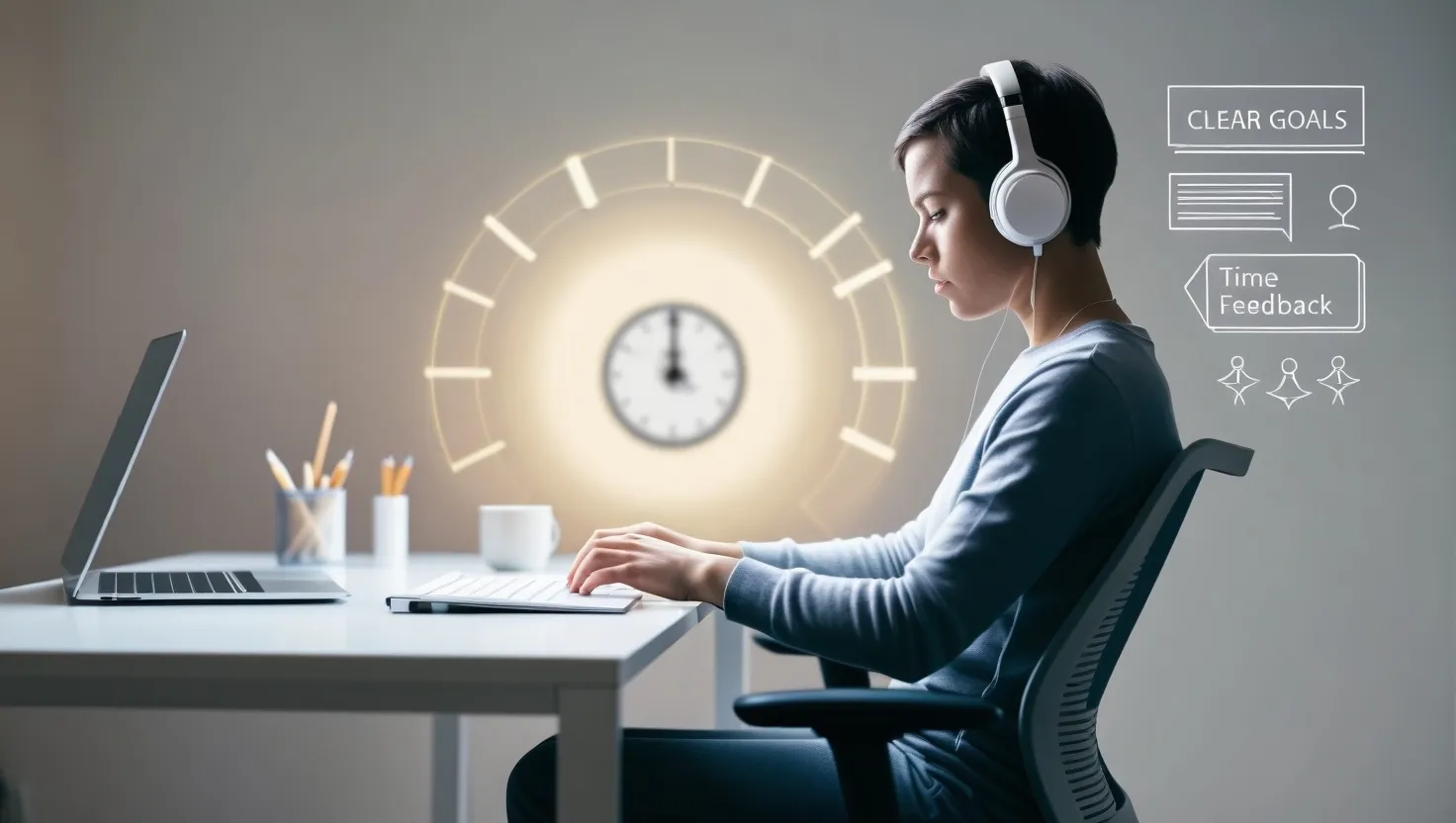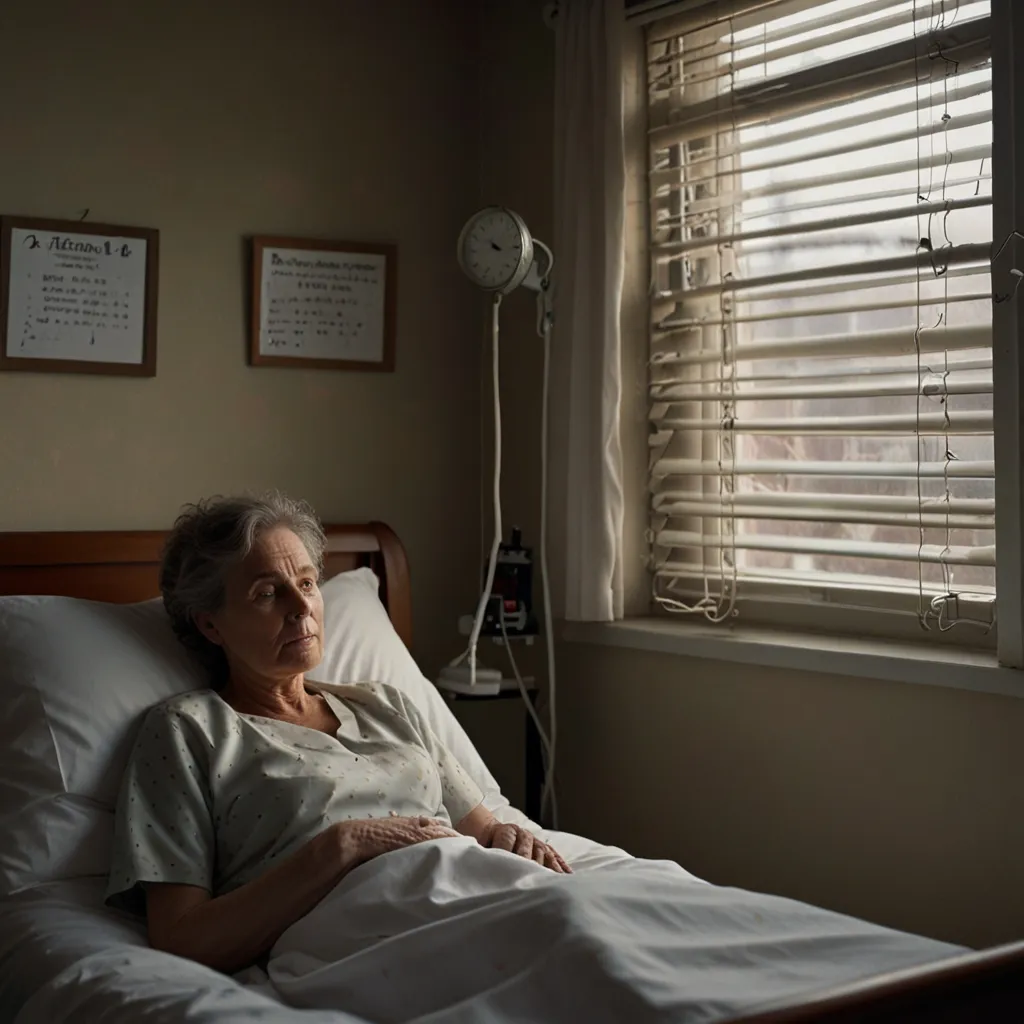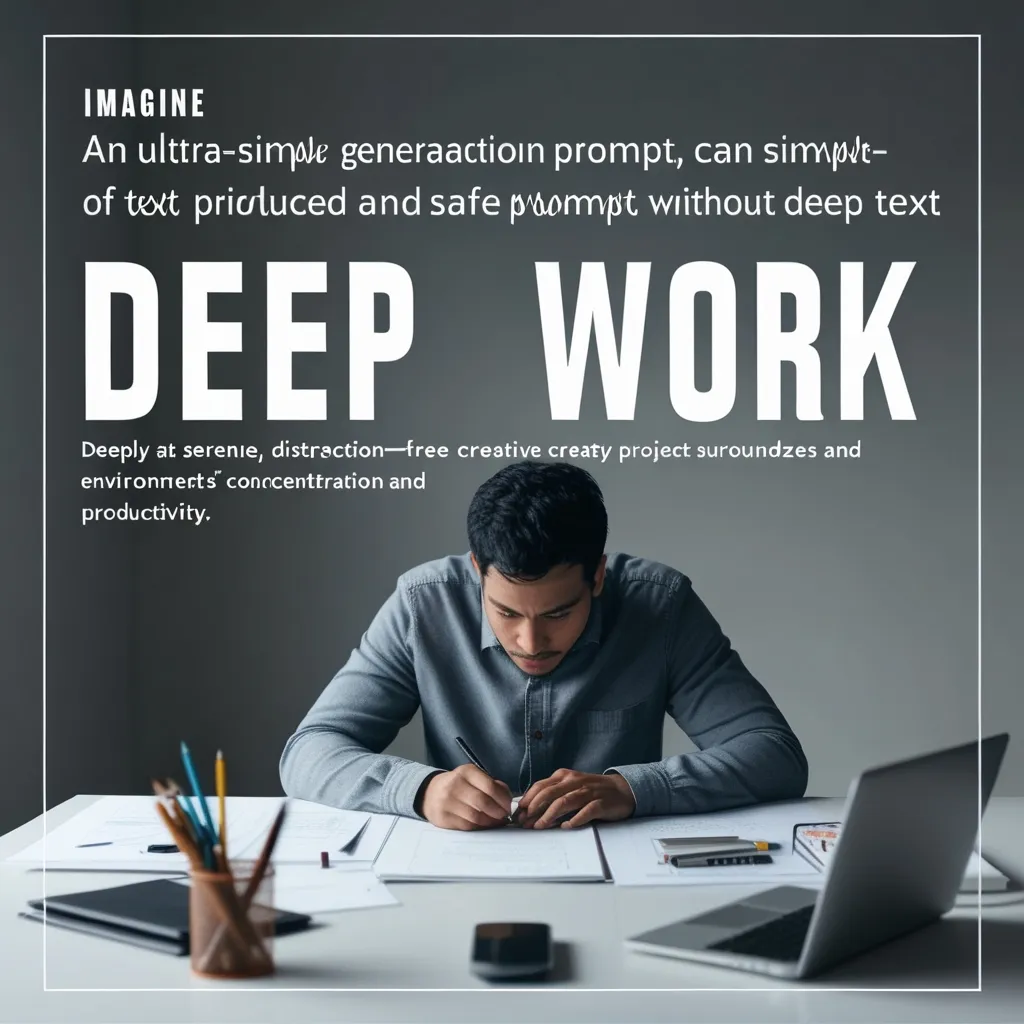Imagine sitting down at your desk, ready for a focused sprint on a project that matters. Now, think about the seconds that slip away as you shuffle through open tabs, search for the right document, or mentally battle the urge to check your phone. Most advice about productivity zeroes in on habits or willpower—what if we turned that on its head and made the environment do the heavy lifting? That’s what execution environment design is all about. Instead of nagging myself to start, I’ve come to trust a setup that makes beginning my priority work almost automatic.
Here’s the puzzle: why do some tasks feel effortless in certain places or at certain times, yet impossible in others? Over years of trial and error, I realized that our brains, like any good software, respond strongly to context cues. The places where deep work just flows aren’t accidental. They’re ecosystems, primed—sometimes by accident, often by careful design—to prompt the right action at exactly the right moment.
Ask yourself: where—and when—do you do your best work? For me, it wasn’t just about a favorite chair or a quiet hour. There were patterns. Certain rooms made me think better. Certain times in the day brought a streak of clarity. By treating focus like a rare, valuable resource, I started mapping out these high-performance zones. I would reserve early mornings at a sunlit desk for writing, and afternoons in a quieter corner for review and research. Once I discovered these patterns, I made them sacred: no meetings, no distractions, just priority work. It’s surprising how fiercely you’ll protect these pockets once you see the results.
One small change made a dramatic difference. The night before a major task, I’d lay out every tool and document I needed in that zone—physical or digital. When I entered the space the next morning, my materials were already in view. That nudge—the sight of a notepad with scrawled ideas, a highlighted report, an open laptop with a blank document—spoke louder than a dozen reminders. Visual cues act like a friendly challenge: Are you really going to ignore what’s staring you in the face?
“Out of sight, out of mind” isn’t just a proverb; it’s a neurological fact. One fascinating study shows that visible reminders can increase the likelihood of starting a looming task by as much as seventy percent. It’s the same mechanism that makes you check your phone when you see it. The trick? Make your workspace a landmine of productive triggers.
But what about digital environments, where the chaos of a hundred open tabs can instantly kill momentum? That’s where context-specific digital profiles come in. I created different browser setups—one for reading and research, another for writing, and yet another for admin work. Each profile launches only the tools and documents needed for that workflow. The moment I open the “writing” profile, distractions vanish. No news. No social. Just a blank page and a research window. These digital partitions don’t just streamline your experience—they signal to your brain: it’s time for “this” type of work, nothing else.
I love this reminder from Seneca:
“It is not that we have a short time to live, but that we waste much of it.”
Next, let’s talk about the senses. The impact of sensory triggers is quietly profound. Lighting, sound, and even scent shape our cognitive state in ways most of us underestimate. I started using smart lighting at my desk, shifting from bright blue-white during analytical work to soft gold for creative brainstorming. For tasks that required a deeper dive, I’d cue up a specific playlist or background soundscape—rain for writing, silence for spreadsheets. Over time, these cues became reliable signals: this is how we focus now.
Have you ever noticed how a song or smell can instantly transport you back to a moment in time? That’s the power of sensory memory at work. If you build this into your environment, you don’t need to summon willpower every day; the cues do it for you. What unique sensory triggers might work for your tasks? Experiment, and you’ll soon discover which switches turn on your best focus.
There’s another strategy that quietly builds momentum: staging tomorrow’s tasks tonight. Before leaving my workspace, I place the next day’s critical materials exactly where I’ll see them first thing in the morning. If I need to review documents, they’re open and marked on my desk. If it’s a creative sprint, my sketchbook and pens are ready to go. This isn’t about creating a to-do list. It’s about creating a physical contract with your future self. You can’t avoid what’s in your way. Most mornings, I’m met with a silent challenge from the evidence of my own priorities.
“If you spend too much time thinking about a thing, you’ll never get it done.” Bruce Lee’s words ring true. Preparation is important, yes. But staging forces action, not just reflection.
Perhaps the most radical shift comes from setting up automated work gateways. I configured my computer to automatically open the relevant project dashboard when I log in each morning. At scheduled times, certain documents pop up on my screen—no hunting, no delay. This “frictionless launch” pushed my start time forward by minutes each day. Those minutes, multiplied over weeks and months, add up to entire projects delivered on time, and stress left at the door.
The magic isn’t in technology itself—it’s in the removal of tiny obstacles. Each eliminated decision or hunt for files saves me from procrastination’s quicksand. There’s a quiet satisfaction in watching the machines do some of the heavy lifting. No more staring at a blinking cursor, half-tempted to open a different app. My environment leaves me only one option: begin.
Let’s get practical. How do you measure if these systems actually work? I started tracking how quickly I went from “sitting at my desk” to “actively working.” Was I shaving seconds? Minutes? Did I spend less time arguing with myself about what to do next? The data was clear—the less time I spent fighting inertia, the more consistent my results became. Procrastination shrank. Task initiation flowed.
I learned something else: execution environments, when thoughtfully designed, create habits without effort. The system becomes the habit. You don’t need daily motivation; you just need to show up. The sequence of cues and triggers does the rest.
Productivity advice often focuses on doing more or working harder. What happens if we design our surroundings to remove every friction point, to make the next right step the easiest one? That’s been my experiment—and the results speak for themselves.
If you’re thinking, “Does this really work for everyone?” consider the diversity of contexts: writers swear by “leaving a sentence unfinished” so the next writing session starts with a prompt. Coders set up their IDEs to open at the exact place they left off. Artists prep their studios so the first brushstroke is irresistible. Even athletes lay out their gear the night before to remove excuses.
Have you noticed similar patterns in your own routines? Are there spaces—physical or digital—where you find yourself automatically sliding into work mode? What would change if you deliberately constructed more of those?
It’s worth remembering Paul Graham’s observation:
“The way to do a lot of work is to be really determined. The way to be really determined is to decide what to do, then do it.”
The story here isn’t about discipline or grind. It’s about creatively manipulating the stage so that starting becomes easier than not starting. I find it liberating, not constraining, to let my environment do some of the heavy lifting. There is something quietly radical in treating productivity as a design problem, not a character flaw.
We often marvel at stories of “natural” productivity. In reality, nearly every high-performer, from scientists to artists, leans on rituals and cues built into their environment. The best systems aren’t about pushing harder; they’re about making work as frictionless as possible.
As you experiment with your own execution environment, remember: it’s not about perfection. It’s about setting things up so that good work flows more often, with less resistance. Sometimes the smallest design tweak can tip the balance from procrastination to progress.
What simple change could you try tomorrow, that would make starting your most important task automatic? That’s where the quiet power of environment shifts from theory to practice.
And perhaps that is the art—creating conditions where action is the default, not the exception.

